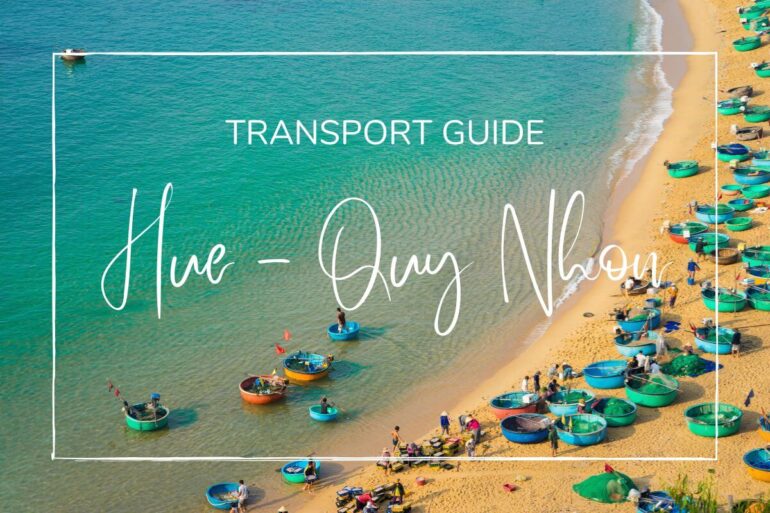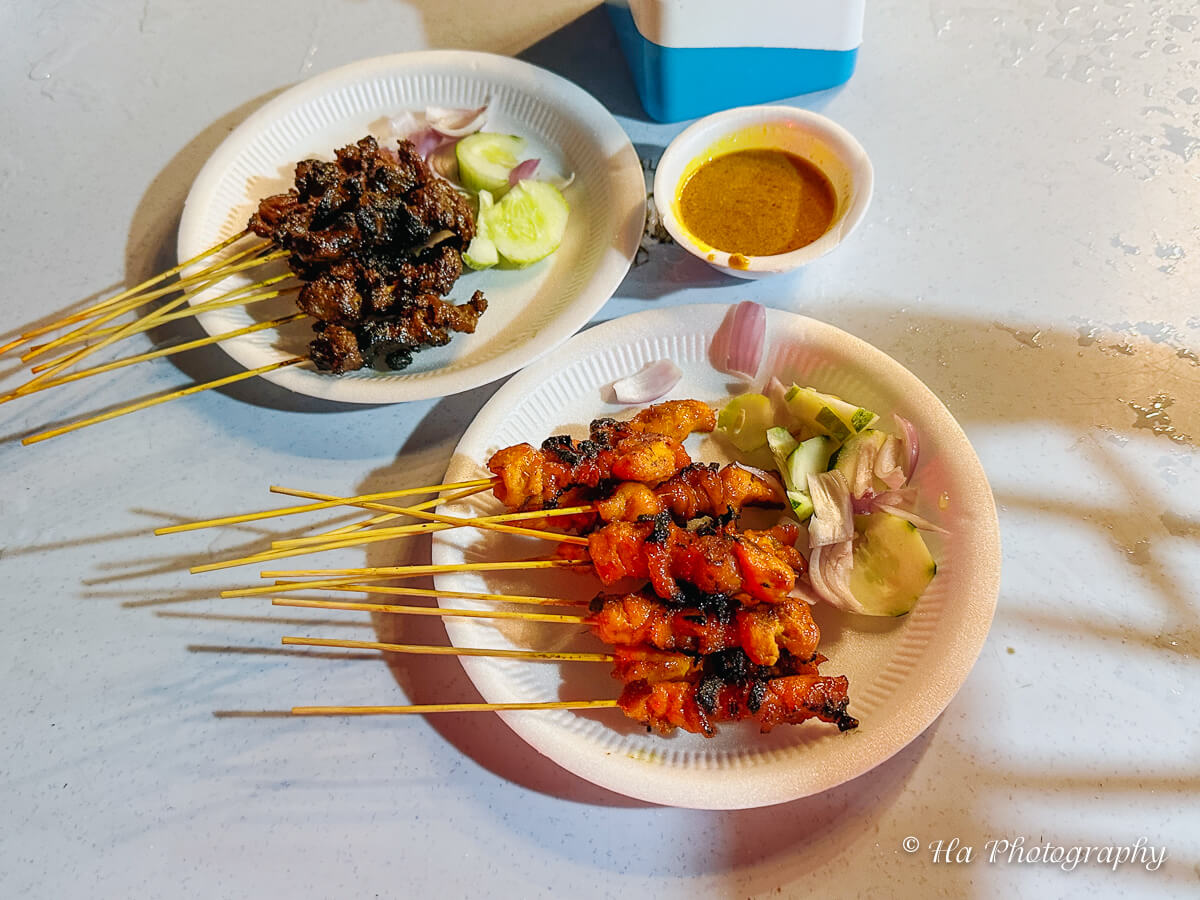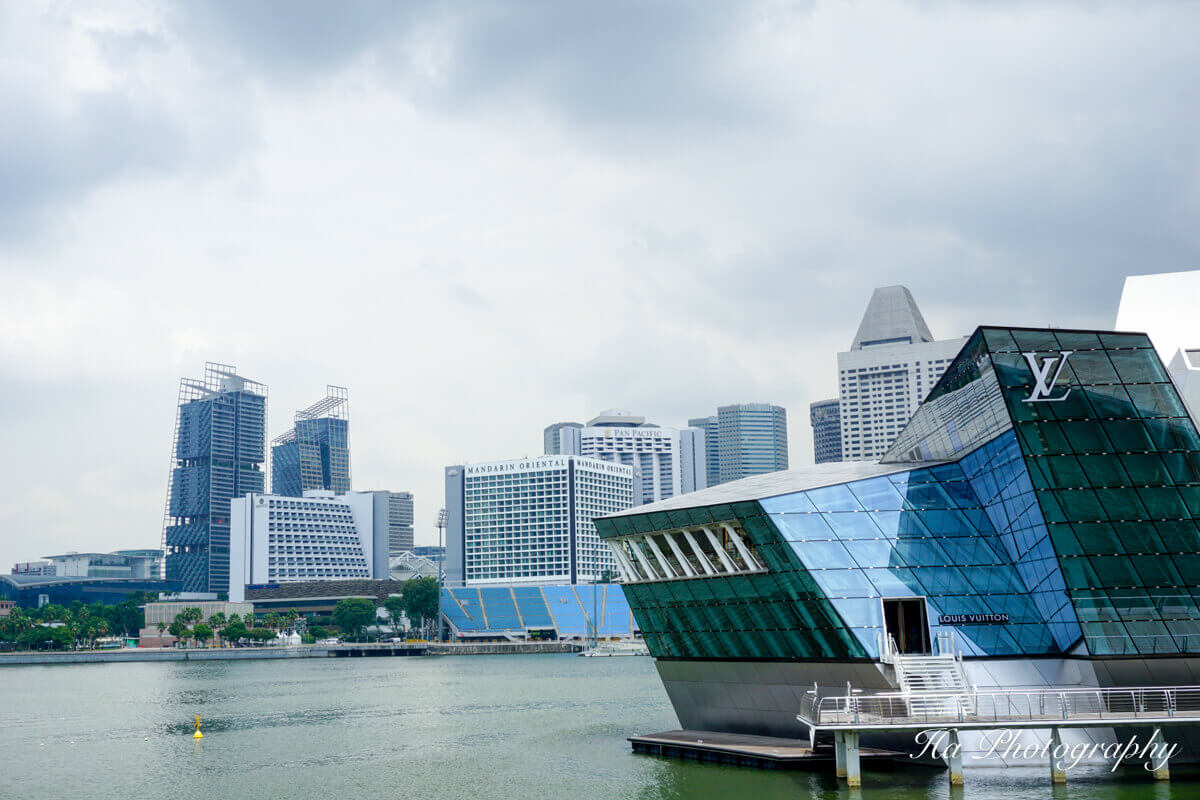How To Get Around Bangkok Thailand: 8 Best Ways
How to get around Bangkok, Thailand?
Bangkok is famous for bad traffic jams, particularly during rush hour. Therefore, it can be confusing to navigate and travel, especially if it’s your first time visiting the city.
In this transportation guide, you’ll find helpful information about getting around Bangkok, including different types of transportation and tips.
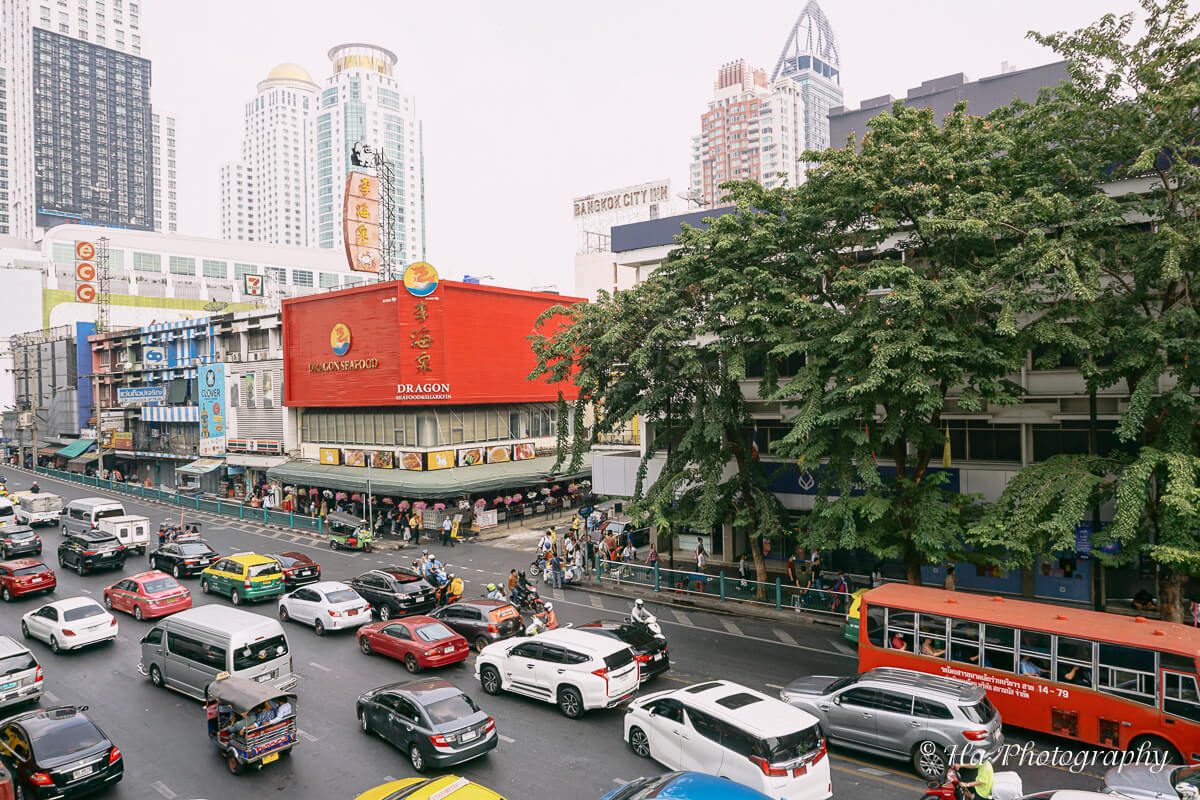
BTS train
The best way to get around Bangkok is by Skytrain, which is fast and affordable.
There are Skytrain stations all across the city. Bangkok experiences severe traffic jams during rush hours, so taking the BTS will be the best option.
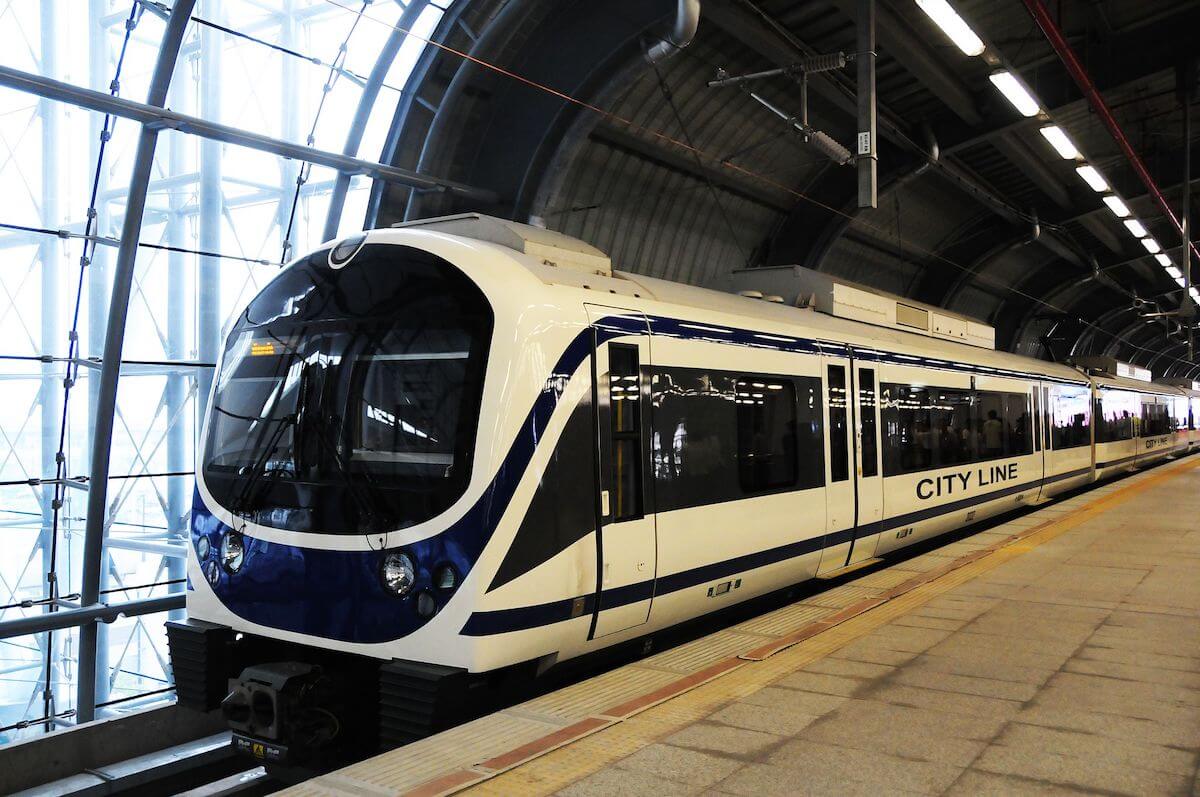
BTS lines
There are two BTS lines: the Sukhumvit and Silom lines.
- The Silom Line runs across the central and southwestern areas. It starts at National Stadium station (W1), ends at Bang Wa station in Thonburi (S12), and vice versa.
- The Sukhumvit Line runs through the northern, central, and southeastern areas. It goes from Mo Chit (N8) to Bearing station (E14) and vice versa.
Skytrains travel between 35 stops and run every 3 to 6 minutes. Each location offers a buzzing nightlife, mouthwatering cuisine, and some of the city’s most popular attractions.
The picturesque Chao Phraya River, which has numerous well-known locations along its banks, and Suvarnabhumi International Airport are both accessible from the BTS station.
Operating hours & ticket prices
Skytrain service is available from 6:30 to 23:30, although you should avoid using it between 7:00 and 9:00 and 16:00 to 19:00 to avoid crowds and waiting longer than usual.
The ticket prices depend on your destination, costing between 15 and 40 baht. For pricing, check out the route map.
MRT train
Many visitors choose the subway thanks to its quickness and low cost.
MRT Bangkok has only one route, including 18 stations spanning 20km. There are trains every 5 to 7 minutes, and they run from early in the morning until late at night (6:00-23:30).
Although the MRT lines frequently follow a different path than the BTS, there are still several intersection stops where you may easily switch the lines.
MRT Bangkok starts at Hua Lamphong (near Chinatown) and has three locations connected with BTS: Silom, Sukhumvit, and Chatuchak Park.

Boat
One of the most enjoyable ways to explore Bangkok is by boat. You can surely avoid traffic jams with few boats and ferries lining the river’s coast.
In addition to avoiding the congested traffic with its endless honking sirens, you can enjoy notable landmarks along the river.

Some beautiful sites such as the magnificent Thai Palace, the Emerald Buddha’s sacred Temple, Wat Arun’s historical imprints with fantastic architecture, and the sunset on the Chao Phraya River await.
Some reputable boat companies in Bangkok are Chao Phraya Express Boat, Saen Saep Express Boat, etc. Boats usually operate from 6:30 to 19:30 daily.

Tuk-tuk
Taking a tuk-tuk is a must-try experience in Bangkok.
Sitting on colorful 3-wheelers and seeing Bangkok streets in the early morning or dusk is incredibly exciting. These tuk-tuks were inspired by rickshaws from World War II.

It will seem like riding a roller coaster when you sit in a tuk-tuk, taking in the cold breeze while the driver drives at crazy speeds and makes deft turns.
However, you should be aware that the drivers frequently ask for excessively high fees, often 2-3 times higher than the price for locals. Therefore, bargain the price before getting in one.
Bus
Taking a bus is another popular option to get around Bangkok. There are two types of buses, air-conditioned and non-air-conditioned, usually painted in bright colors.
- Red buses are more spacious, with some routes running at night.
- Green buses are cheap but have no air conditioning.
- White, blue, and cream buses are spacious, airy, and air-conditioned, but the price is higher.
The buses run early at 6 am and finish around 10 pm, and ticket prices range from 7 to 22 baht. Even though fares are pretty low, many old buses lack air conditioning.
On some long-distance bus lines, you can go to Pattaya, Hua Hin, Krabi, Phuket, Ayutthaya, and Chiang Mai. This is the ideal train or flight substitution if you travel on a budget.
Although most of the information on the bus and at the bus terminal is in Thai, Google Maps works reasonably well. When using Google Maps, you will find suggestions for bus routes. You can also monitor the trip and know which station you should get off at.
In Bangkok, buses are typically quite hygienic. However, you can experience traffic jams and unfriendly staff members.

Taxi/ Grab Car
You can also get around Bangkok easily by taxi or Grab car.
You need to pay at least 35 Baht for the first 2 kilometers before paying 5 Baht for each additional kilometer.
If you see a taxi without a meter, remember to ask the fare in advance to avoid being overcharged. Also, there is a cost for every meter you move in a cab if you are caught in traffic during rush hour.
I usually use the Grab app to check the final fee and avoid taxi scams.

Motorbike taxi
Motorbike taxi is also a common way to get around Bangkok. Drivers can get their customers to the destination considerably faster than a bus or cab since they are skilled at navigating the city and are bold enough to avoid Bangkok’s congested roads.
The motorbike taxi may travel at speeds as low as 60 to 70 km/h and occasionally up to 100 km/h, so get on tight and get ready for an exciting journey.
They are identified by numbers on the back of their orange uniforms. You must haggle over the cost if you want to take one.
Motorbike taxis are available from 5:00 to 12:00, and the cost varies from 20 to 100 baht based on the route and distance.
Rent a bike
You can also rent a motorbike in Bangkok.
The process is quite simple. All you need to do is leave your passport, fill out your details, and give a deposit. Make sure to carefully inspect the bike and wear a helmet to comply with traffic laws.
When riding a motorcycle in Thailand, the traffic police can be a real hassle. An international driver’s license is required.
